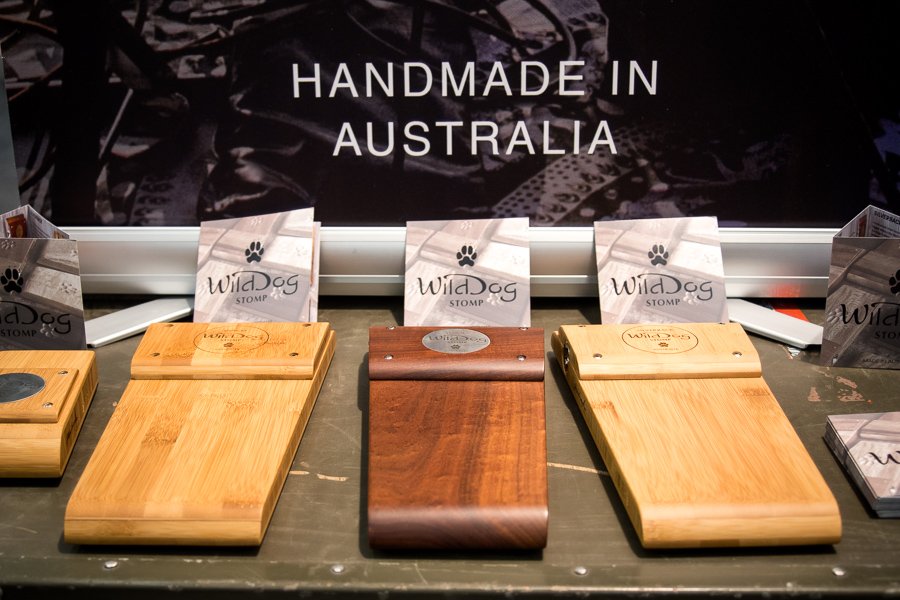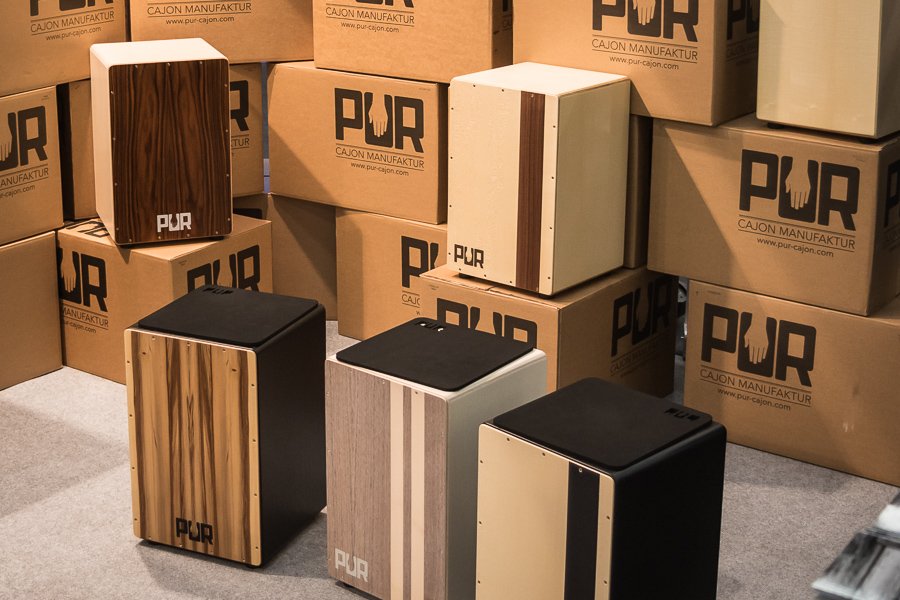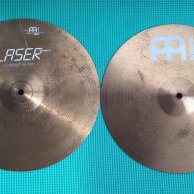Turkish Cymbal Making
As the resident “Turk” of the Bbop team, I thought that it could only be relevant for me to talk about the history of the renowned Turkish cymbals. Throughout the world of music and the many musical styles which exist today, Turkish cymbals remain highly respected for their unique and diverse sound. The production in many companies is still carried out in the traditional way.
The History:
Cymbal production began in Turkey in the 1200s. The cymbals created at the time were created for just one purpose: the marching band of the Ottoman Army. These cymbals were crafted by Armenian master artisans. The secret to their production has remained just that, a secret, ever since. The man behind the formula for the perfect cymbal was Avedis Zilciyan (Zildjian): “Zilci”, means “Master creator of cymbals” in Turkish and “Yan” means “the son of” in Armenian. Thus, “the son of the cymbal master”. In 1623, with the permission of Sultan Murat IV, the now world-renowned company Zildjian was founded. Towards the end of the 7th century, Westerners had discovered the existence of these cymbals and began to incorporate them into their orchestras. During the 1780s, the cymbals began to be used in Military bands as well as Haydn’s and Mozart’s Orchestras.
In 1851, Avedis Zildjian’s son, Kerope Zildjian (whose name is found in the K-series) began to show cymbals in expositions, helping the company's transition into the European market. In 1909, with the aid of the Ottoman Empire, the company was able to build a second factory elsewhere. The cymbals produced bore the description “Made in Turkey, Istanbul” and later in modern times, were used by some of the world’s most famous musicians such as The Beatles, Pink Floyd, Deep Purple, Cream, Rolling Stones, Jimi Hendrix, Guns N’ Roses and many more.
This craft passed through the generations until when, after the death of the final grandson Mikal Zildjian, the world awaited the end of the legend and its secret cymbal formula. It was however, the 9 year old apprentices of the final artisan who saved the legacy. They knew everything! Their names were Mehmet Tamdeger and Agop Tomurcuk, and the company was to be called Istanbul. Thanks to them alone, the legend could continue to live until today in Istanbul. In 1981, the company started to reproduce the traditional cymbals in an Istanbul studio. After Agop’s death in 1996, Mehmet continued making these but it was Agop’s son who then stepped in. He claimed his father’s section of the company and the Agop cymbals and like that the company was divided in to: Istanbul Mehmet and Istanbul Agop. These days, Turkish Cymabls are produced (in the traditional way and with the traditional formula) only by the companies Istanbul Mehmet-Agop, Bosphorus, Turkish, Pasha, Sabian, Amedia, Masterwork, Diril.
If we return to Zildjian, the son of Michael Zildjian left to the United States in 1929 and opened a cymbal factory. These however, were not handmade like the originals. It was the grandson of Mikael, Bob Zildjian who became the creator of the well known brand Sabian.
Creation:
The first phase of production is the "mixing”. The cymbals are made of bronze (B20) which is an alloy (80% copper / 20% tin). This is one of the most frequently used formulas. It is at this stage also the "secret process" takes place as it has for centuries, which gives the bronze its strength, durability and flexibility. This is truly a guarded practise and only the master builders know the secret. Once I had the good fortune of visiting the studio in Istanbul. There was one small section of the process which they don’t let you see!
The second phase is called the “casting”; the molten alloy in the melting pot is poured directly into molds. The quantity of alloy can be different for each mold depending on the type of cymbal. After pouring, the alloy hardens in the cold. The pieces are then very carefully removed from their molds and grouped according to their weight. Now, these folded pieces are ready for the next step, reheating.
The castings are now ready to be heated to around 700-800 Celsius in a kiln. Each casting is heated uniformly by a qualified master of the art. They are now soft and ready to pass through a rolling machine. These form round metallic disks which are called “blanks”.
The blanks cool down and are then sent to the presser. At this phase the blanks are still very fragile and oversized. After having marked the centre of the blank, they are put back in the kiln in order to soften the metal and make it more pliable so that the pressing machine can perform its job more effectively. The blanks are then placed out into cool air, and the combination of cold/hot hardens the metal to a new level. Now the B20 is stronger, more durable and has a better sound than ever before. After cutting the correct shape from the blanks, the off-cuts are sent back to the melting pot for recycling.
The next phase in the process is the “hammering”. This is the most important procedure of the whole production in terms of honing the cymbals' sound and can only be performed by qualified artisans using centuries-old hammering techniques and wisdom. These techniques are responsible for the dark, complex and musical qualities in traditional Turkish cymbals. The process of hammering requires mastering the art, competence and endless hard work. The contours, shape and profile of the cymbals are created just from hammer blows. It is worth noting that, for example, a 16” Crash requires around 1500 hits to be completed. This gives all cymbals a slightly unique sound, even within the same series or size.
Now we pass on to the phase which is called “lathing”. This is once again a very important phase of cymbal production and can affect the sound of the cymbal directly. Lathing cuts the circular grooves into the cymbal and permits the vibrations to move easily across its surface.
Finally, we come to the testing and labelling phase! After this long and arduous process, in order to assure their quality, the cymbals are tested by professional drummers. The tests all take place in a studio to decide if the cymbal was built well enough. If they pass this test then they are ready to sell.
Here is a video of cymbal making in the Istanbul Mehmet workshop:
Brands:
Of course there are many cymbal companies in existence, however, I will focus on those which produce cymbals respecting the traditional processes.
Zildjian
Zildjian is a trace of Anatolia in the United States. Founded by Avedis in 1623, Zildjian is one of the oldest companies in the whole world. Know-how, the secret process and luxury instruments have made Zildjian one of the most reputable brands in the whole world for drummers and percussionists. The most well know series include: ZBT Series, A Custom, A Zildjian, K Custom, Z3, FX Series
Istanbul Agop
Istanbul cymbals are well recognised by their "Traditional" series, specifically ‘Istanbul Agop’. Istanbul Agop is a brand which continues to this day to produce cymbals the traditional way. They are also hugely respected by the drumming and percussion community for the unique sound of their cymbals. Some popular Agop cymbals have included:
• Istanbul Agop Signature 21″ ou 22″ Ride
• Mel Lewis Signature Series 22″ Ride
• 8" Xist Power Splash
• 20" Mantra Crash
Istanbul Mehmet
Another company to continue the heritage of the Zilciyan family in Istanbul. Here are some well known models by Istanbul Mehmet cymbals:
• MC Jazz Hi-Hats
• Origin dark Rides
• Legend Dark HI-Hats
• Mikael Z Ride
Turkish Cymbals
I had heard about this brand in the past but I really got to meet the team of Turkish Cymbals thanks to the chance meeting of Özgür Can Öney, the drummer of Manga (the rock group which achieved 2nd place in the Eurovision Song Contest in 2010) during a visit to Musikmesse 2015. He was there to present Turkish Cymbals, a company who has become world renowned for their quality in the world of rock and jazz. We chatted a little about their production and the company in general. Turkish Cymbals has a different formula and has obtained some older artisans who had previously worked in other companies throughout Istanbul. Here are some well-known series:
• Crash Ride C-RCR
• Crash Paper Thin
• China AP-CH
• Ride Bell RBR-BBL
• HI-HAT J-H
Sabian
Sabian was created in 1981 in Canada by Robert Zildjian, the son of Avedis Zildjian III. Sabian take their name from the creates children, Sally, Bill and Andy. Some Sabian series include:
• Neil Peart’s Signature Paragon 16’’
• AA séries Vintage Bright
• XSR séries
• Artisan Séries









 Other blog items you might be interested in...
Other blog items you might be interested in...







